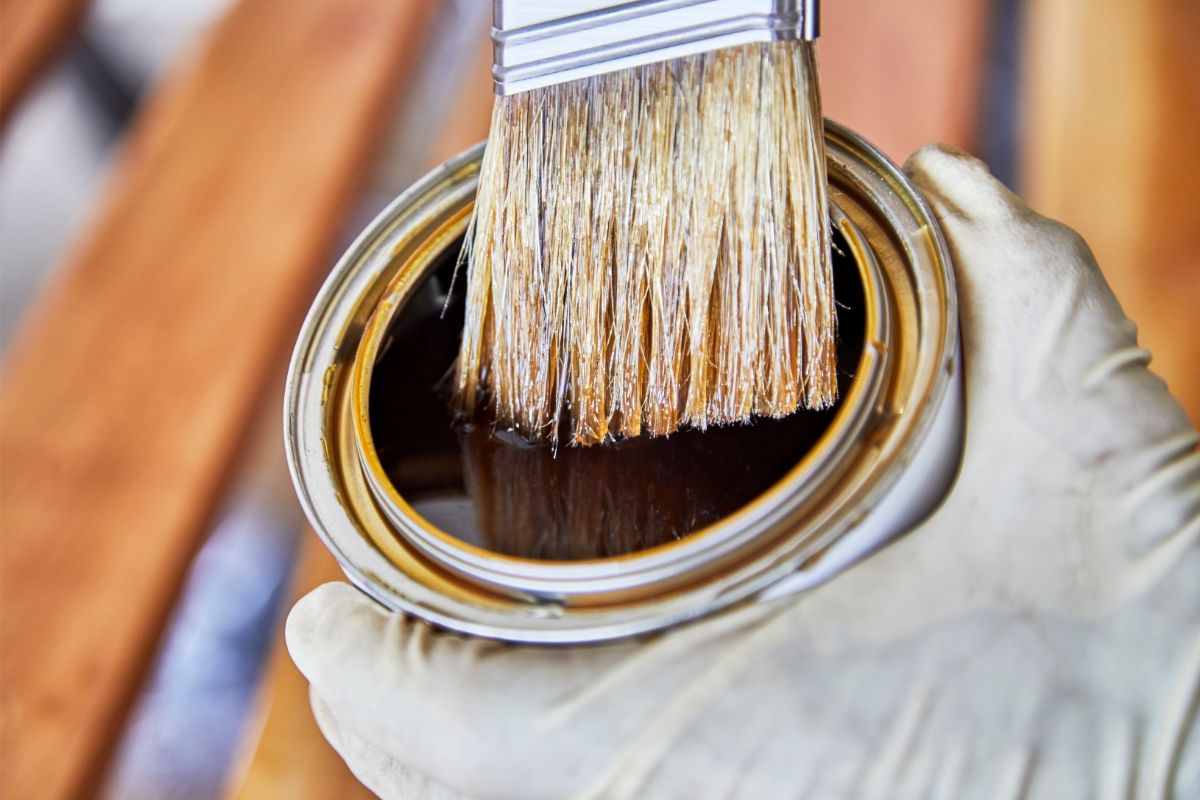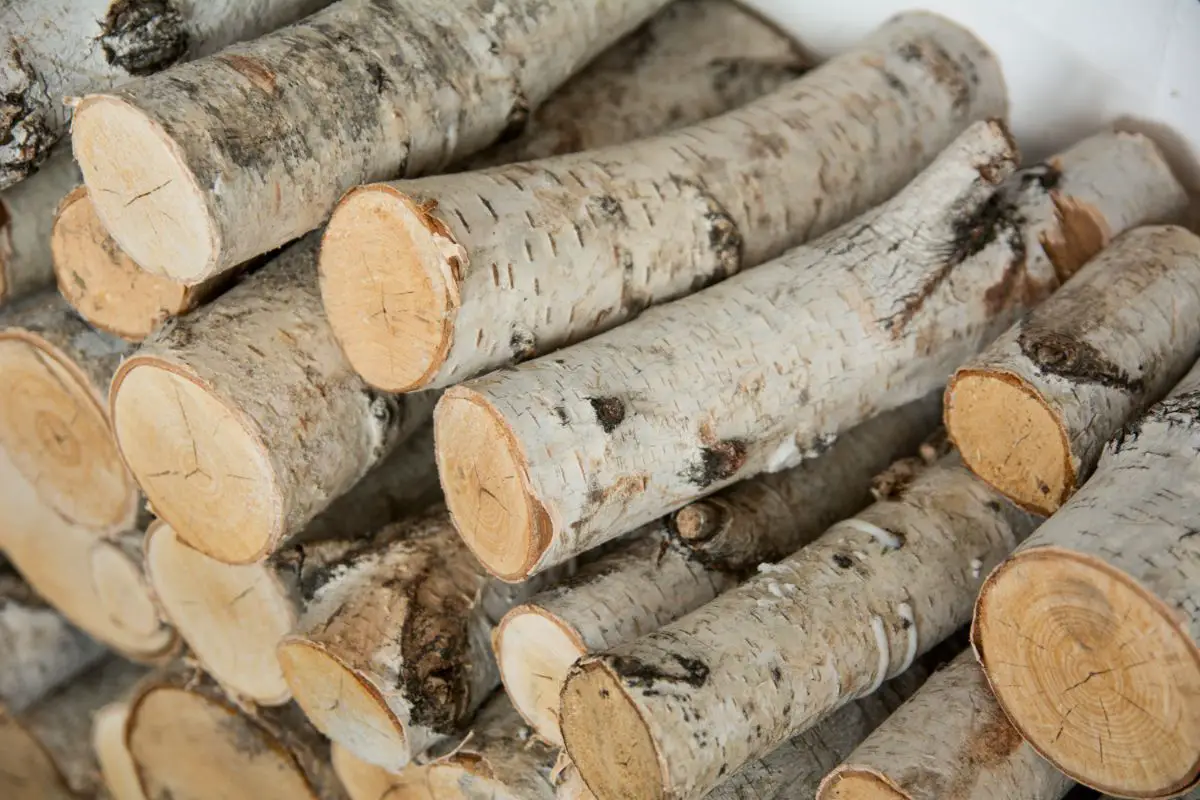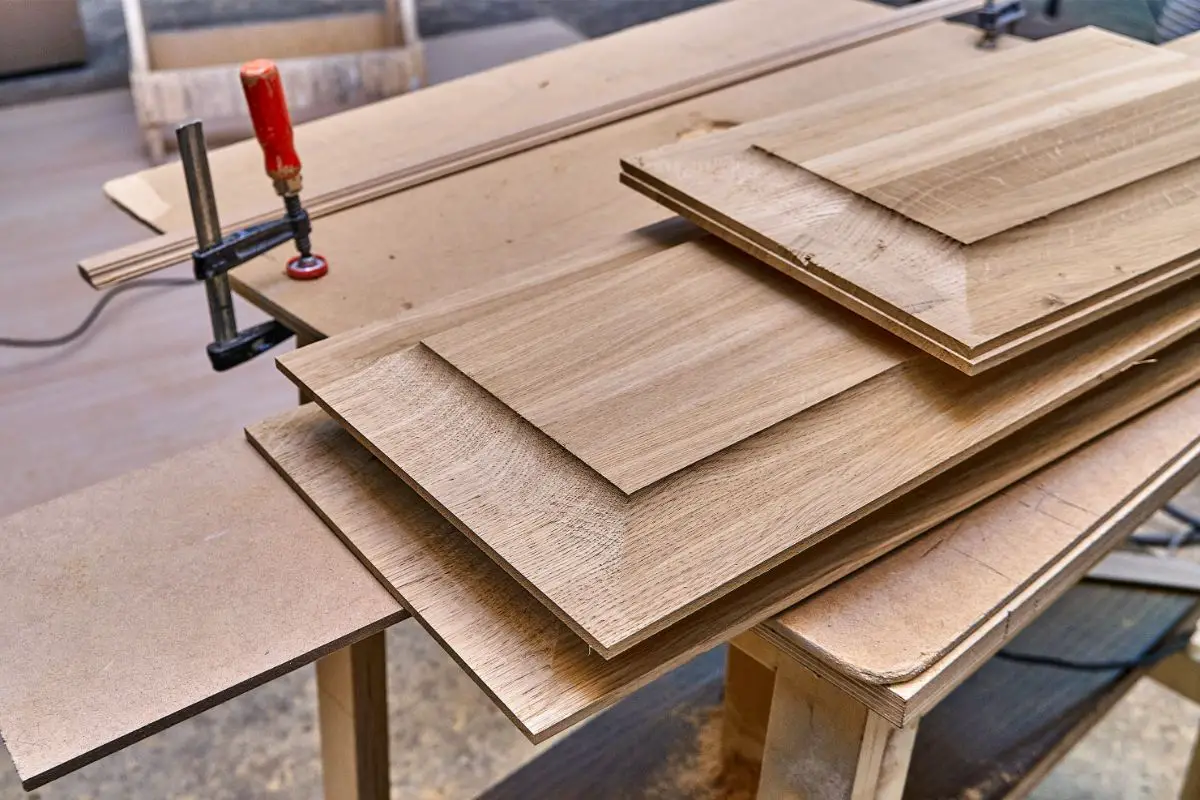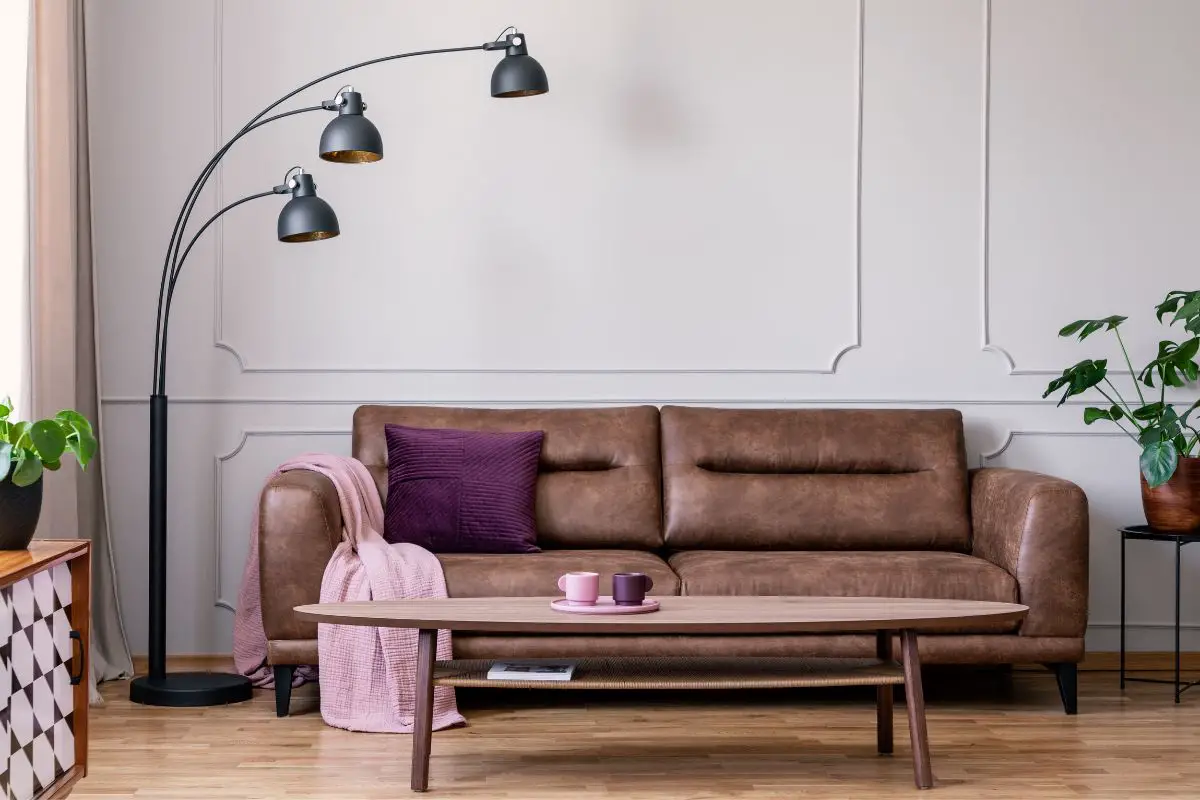Welcome to the intriguing world of lacquer. In this article, we will uncover the essence and characteristics of this remarkable material.
Lacquer is a finish that has been employed for centuries to enhance the beauty and durability of various objects.

From ancient Asian artworks to modern furniture and even automotive coatings, lacquer has left an indelible mark on countless creations.
Whether you’re an artist, a DIY enthusiast, or simply curious about the art of lacquering, this exploration promises to reveal the secrets and artistry behind this timeless finish.
Get ready to be inspired by the world of lacquer and its ability to transform ordinary objects into extraordinary works of art.
Lacquer Uses
Lacquer is a versatile and widely used finish that finds application in various fields.
Its unique properties make it suitable for enhancing the beauty, durability, and protection of a wide range of objects.
Here are some of the common uses of lacquer:
- Art and Crafts: Lacquer has a long-standing history in art, particularly in East Asian traditions. It is used to create intricate lacquerware, such as boxes, vases, and sculptures.
Artists employ techniques like maki-e (sprinkling gold or silver powder) and raden (inlaying with mother-of-pearl) to achieve stunning decorative effects.
- Furniture: Lacquer is a popular choice for finishing furniture due to its ability to create a smooth, glossy, and durable surface.
It adds a lustrous sheen to wooden furniture, enhancing its natural beauty while providing protection against scratches, moisture, and UV damage.
- Musical Instruments: Lacquer is used to finish and protect various musical instruments, including guitars, pianos, violins, and drums.
The smooth surface of lacquer contributes to the instrument’s resonance and protects it from wear and tear caused by playing.
- Automotive Industry: Lacquer has been historically used as a finish for automobiles, providing a glossy and durable coating.
However, modern automotive finishes have transitioned to more advanced technologies like clear coats and urethane-based paints (see also “Can You Use Exterior Paint Inside?“).
- Decorative Objects: Lacquer finds its way into decorative objects like picture frames, jewelry boxes, and ornaments. Its glossy and reflective properties add a touch of elegance and sophistication to these items.
- Industrial Applications: Lacquer is used in industrial settings for coating and protecting various surfaces, such as metal, wood, and plastic. It provides a protective layer that helps resist corrosion, chemical damage, and general wear.
- Restoration and Conservation: Lacquer is employed in the restoration and conservation of antique objects and artworks. It helps revive the original appearance, protects the piece from further deterioration, and ensures its longevity.
- Flooring: Lacquer is used as a finish for wooden flooring, providing a protective layer that enhances the natural grain and beauty of the wood while ensuring durability and ease of maintenance.
These are just a few examples of the diverse applications of lacquer. Its versatility, beauty, and protective properties have made it a sought-after finish in various industries and artistic endeavors.
Origins Of Lacquer
The origins of lacquer can be traced back thousands of years, primarily to East Asia. The technique and art of lacquering were developed and perfected in ancient China, Japan, and Korea.
The earliest evidence of lacquer use dates back to around 7000 BCE in China, where simple lacquer coatings were applied to pottery and wooden objects.
Lacquer, in its raw form, is derived from the sap of the lacquer tree, scientifically known as “Rhus verniciflua.”
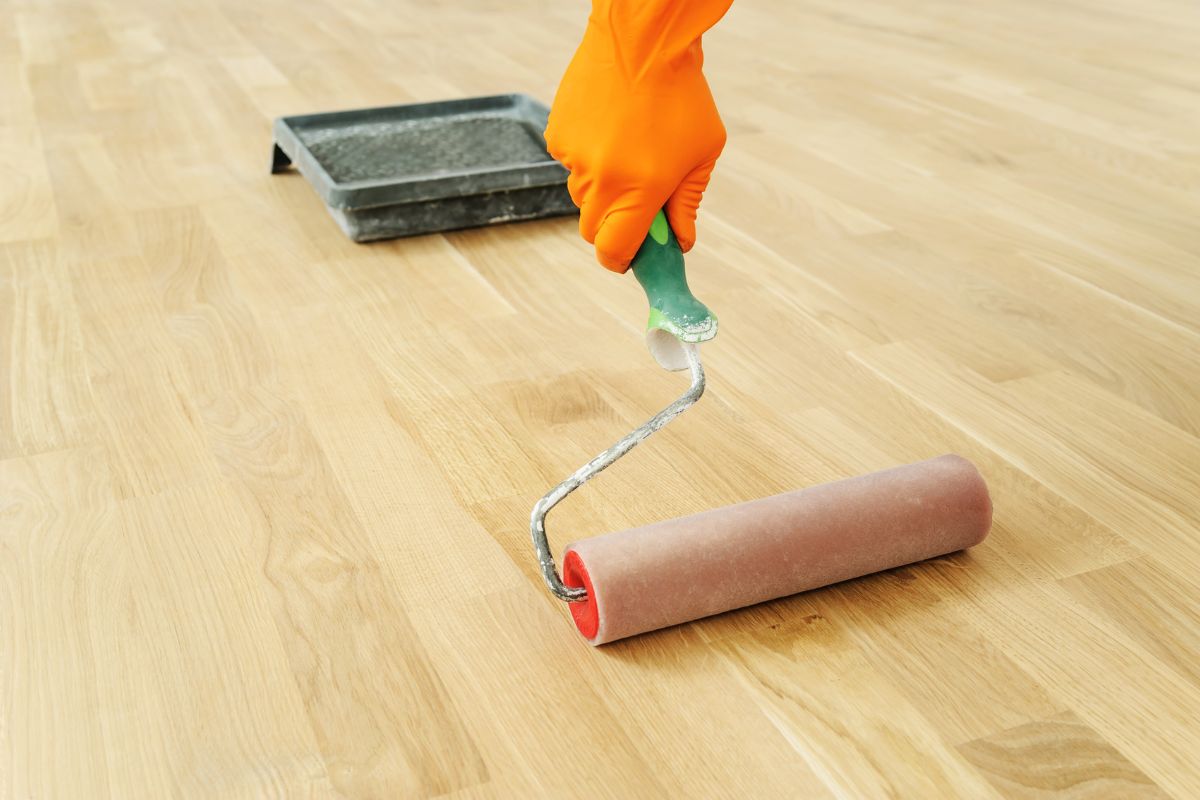
The tree is native to East Asia and produces a milky resinous sap, commonly referred to as “lacquer.” This sap is harvested by making incisions in the tree’s bark and collecting the exuded liquid.
The sap undergoes a meticulous process of refinement, which involves removing impurities and allowing it to mature through oxidation.
The resulting substance is a highly viscous and durable liquid that forms the basis of lacquer.
The lacquer technique spread throughout East Asia, with each region developing its own distinct style and application methods.
In China, the art of lacquerware flourished during the Shang and Zhou dynasties, where it was used to create exquisite decorative objects, such as boxes, furniture, and ceremonial items.
Japan also embraced lacquerware, known as “urushi,” and elevated it to an art form with techniques like maki-e, where gold and silver powders are used to create intricate designs.
Korean lacquerware, known as “najeonchilgi,” incorporates mother-of-pearl inlays, resulting in stunningly intricate patterns.
Over time, the popularity of lacquer spread beyond East Asia, influencing artistic traditions in other parts of the world.
European craftsmen were captivated by lacquer’s beauty and durability, leading to the development of their own lacquer techniques, such as “Japanning” in the 17th and 18th centuries.
Today, lacquer continues to be admired and utilized worldwide for its ability to enhance the aesthetics and longevity of various objects.
The ancient art of lacquer remains a testament to the ingenuity, craftsmanship, and cultural heritage of East Asia, captivating admirers with its timeless allure.
Final Thoughts
Lacquer stands as a timeless and cherished finish with a rich history and a multitude of uses.
From its origins in ancient East Asia to its widespread application in art, craftsmanship, furniture, and beyond, lacquer has captivated artists, artisans, and enthusiasts for centuries.
The art of lacquering has evolved into a refined and intricate craft, with each region and culture leaving its unique imprint on the techniques and styles associated with lacquerware.
The glossy and durable finish provided by lacquer not only enhances the aesthetic appeal of objects but also protects them from the rigors of daily use.
Whether it is adorning a piece of furniture, breathing life into an artwork, or providing a protective coating in industrial applications, lacquer continues to leave its mark on countless creations worldwide.
Its ability to transform ordinary materials into objects of beauty and durability is a testament to the craftsmanship and ingenuity of those who work with it.
Its allure lies not only in its remarkable properties but also in the cultural significance it carries, preserving traditions and craftsmanship that have been passed down through generations.
- What Kind of Room Has No Doors or Windows? - December 1, 2023
- What is a Powder Room? - December 1, 2023
- What Is a Kitchenette: Exploring the Features and Benefits of a Compact Kitchen - December 1, 2023

